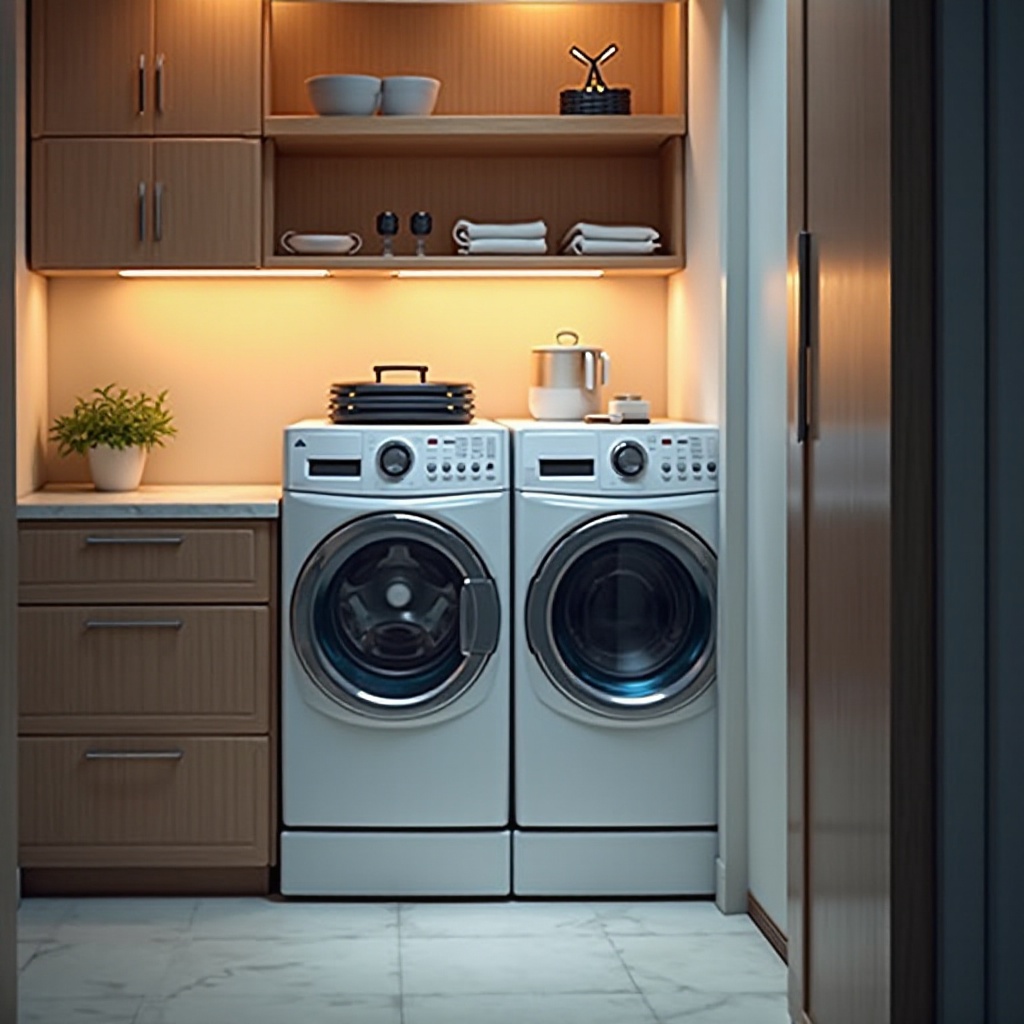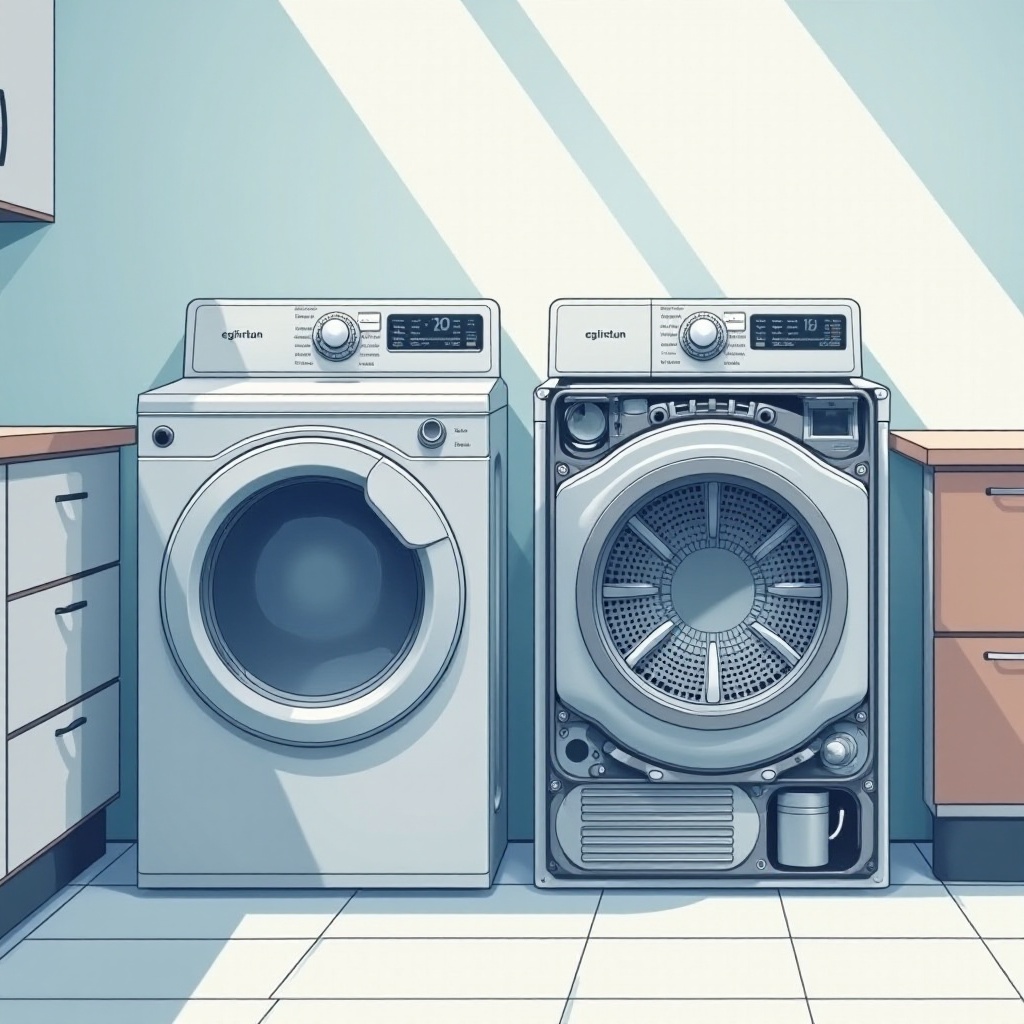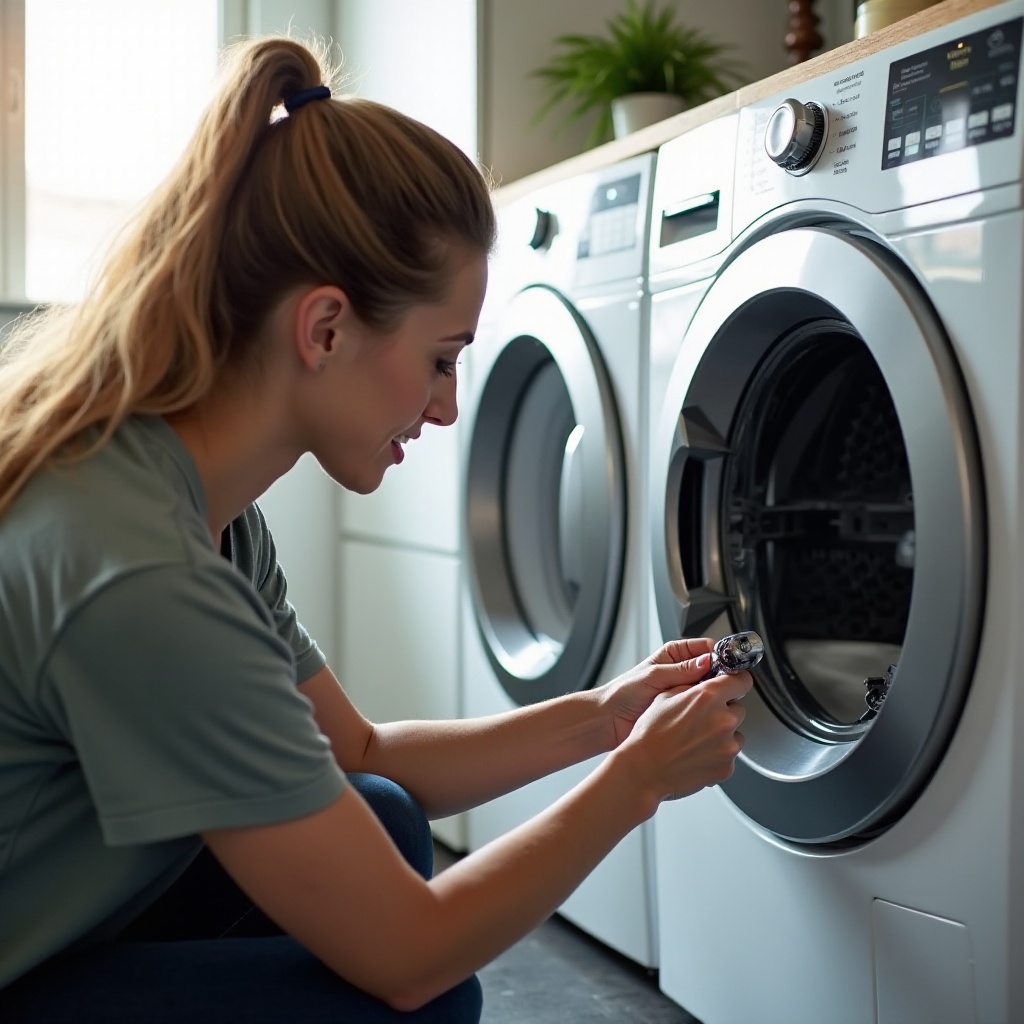Introduction
Experiencing issues with your clothes dryer can interrupt your daily routine, resulting in damp clothing and increased frustration. To keep your dryer running efficiently and extend its lifespan, it's essential to troubleshoot common problems effectively. This comprehensive guide will provide you with a step-by-step approach to diagnosing and fixing frequent dryer issues.

Common Dryer Problems and How to Identify Them
Before you can begin fixing your dryer, you need to identify key problems accurately. Recognizing symptoms early not only saves time but prevents minor issues from escalating into bigger ones.
Electrical Issues and Power Failures: If your dryer refuses to start, begin by checking the power source. Ensure that the machine is plugged in securely and examine circuits or fuses for any breaks.
Mechanical Malfunctions: Odd noises from your dryer could indicate worn-out belts or drum bearings. By paying attention to squeaks or thuds, you can often pinpoint mechanical faults.
Temperature and Heating Concerns: When clothes emerge damp after a full cycle, your dryer could be experiencing heating problems, possibly due to faulty thermal fuses or heating elements.
Once these problems are identified, you can move on to a detailed troubleshooting process.
Step-by-Step Troubleshooting Process
Effectively troubleshooting your dryer requires a balanced approach of safety measures, preparatory actions, and strategic problem-solving techniques.
Initial Safety Precautions: Always unplug the dryer before beginning any inspection to avoid electrical hazards.
Diagnostic Tools You Will Need: Equip yourself with basic tools like a multimeter, screwdriver, and vacuum. These will assist you in examining and resolving issues.
Systematic Approach to Identifying Issues: Start by checking accessible components like the lint filter and vent for obstructions. Then test the door switch and thermostat using a multimeter.
Following these steps methodically increases the likelihood of accurately diagnosing a problem and finding an appropriate solution.

Fixing the Dryer: A DIY Guide
After diagnosing the issue, certain problems can be easily resolved with DIY solutions, saving both time and money.
Resolving Power Supply and Electrical Issues: For detected power faults, replace blown fuses or reset circuit breakers. Ensure electrical connectors are secure and check that the power cord is intact.
Fixing Dryer Drum and Belt Problems: Unusual noises are often due to a misaligned drum or a worn belt. Replace faulty parts and realign components to eliminate operational disturbances.
Addressing Heating Element Failures: Should your dryer lack heating, inspect the heating elements and replace them if needed. Testing the thermostat and thermal fuses may also resolve heat-related concerns.
Completing these repairs not only boosts your dryer's performance but also extends its lifespan. To maintain its efficiency, regular preventive care is vital.

Preventative Maintenance Tips
With routine maintenance, you can prevent a spectrum of dryer problems and ensure long-term efficiency.
Regular Cleaning of Lint Filters and Vents: Clean the lint trap after every use and vacuum the vent periodically to maintain optimal airflow.
Periodic Checks and Balances: Routinely inspect internal parts such as drum supports and motor bearings. Tighten loose screws and replace worn components promptly.
Hiring a Professional for Annual Servicing: Some tasks are best left to the professionals. Schedule an annual check-up for deep cleaning and electrical safety inspections.
Regular maintenance minimizes the risk of breakdowns. However, certain situations may necessitate professional assistance.
When to Seek Professional Help
If DIY attempts prove unsuccessful, or if you encounter complex electrical failures, it is wise to consult a professional technician. Persistent or unusual problems might indicate deeper mechanical issues requiring specialized tools and expertise. Prioritize safety and seek help when necessary.
Conclusion
Taking a proactive approach to troubleshooting and maintaining your clothes dryer can save significant time, money, and frustration. An efficiently running dryer not only meets your household needs but also promotes energy efficiency. With the guidance provided in this article, you are equipped to tackle any dryer issues that arise in 2024.
Frequently Asked Questions
What should I do if my dryer has stopped working suddenly?
First, inspect the power supply and ensure the circuit breaker isn't tripped. Additionally, check the door switch and thermal fuses for functionality.
How often should I clean the dryer vents and filters?
It's best to clean the lint filters after every use and vacuum the vent every few months to maintain optimal airflow and efficiency.
Why does my clothes dryer take too long to dry clothes?
Check for lint buildup in the filter or vent. Also, inspect the heating element and thermostat to ensure they're functioning correctly.
